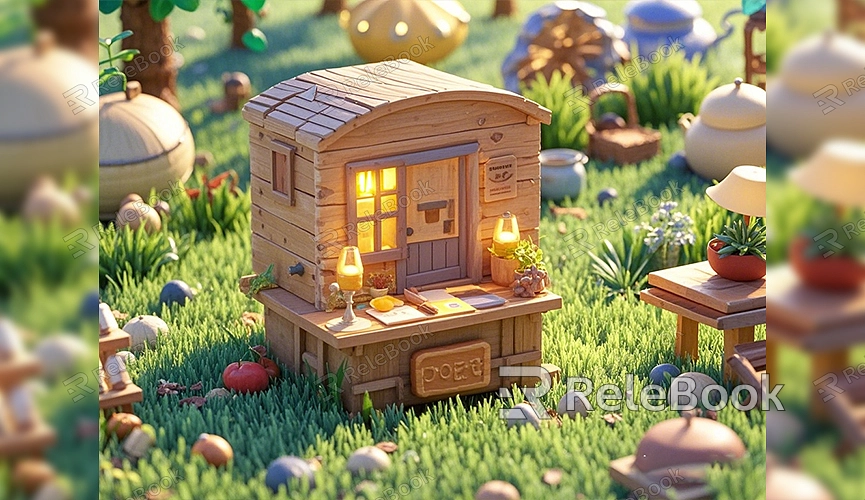How to Render with Audio in Blender Resolve
Blender is a powerful open-source 3D creation tool, and Blender Resolve (the integration of rendering and audio processing in Blender) provides creators with a comprehensive solution for creating and rendering 3D projects with audio. If you want to seamlessly combine audio with visual effects, this guide will detail how to render with audio in Blender Resolve, helping you through the process.
Import Audio and Set Up the Project

Before you start rendering, you need to import your audio file into your project and set it up:
1. Open Blender: Launch Blender and create a new project or open an existing project file.
2. Switch to Video Editing Workspace: In Blender's workspace, select “Video Editing.” This is the primary area for handling audio and video.
3. Import Audio File: In the “Video Editing” interface, click the “Add” button, select “Sound,” and choose the audio file you want to use from the file browser. This will add the audio file to the timeline.
4. Set Up the Timeline: Adjust the length of the timeline and the starting position of the audio track to ensure it syncs with the visual material. You can do this by dragging the audio track and the playhead on the timeline.
Add Video and Visual Effects
Once the audio file is imported and set up, you can add video and visual effects:
1. Import Video Footage: Similarly, click the “Add” button, select “Movie” to import your video material. Drag the video to the timeline and align it with the audio track.
2. Add Visual Effects: You can enhance your project quality with various visual effects in Blender. In the “Video Editing” workspace, select the “Effect Strip” panel to add desired visual effects, such as transitions and color corrections.
3. Sync Video and Audio: Ensure that the video playback matches the rhythm of the audio. You can preview the playback to check the synchronization and adjust the positions of materials on the timeline as needed.
Render Settings
After setting up the audio and visual effects, it’s time to configure the render settings:
1. Switch to Render Settings: Click on the “Render” tab on the right side of the Blender interface to enter the render settings panel.
2. Select Output Format: In the “Output” tab, choose an appropriate output format. For renders that include audio, formats like MP4 or MOV are recommended, as they support the combination of audio and video.
3. Set Audio Options: In the “Audio” tab, ensure the “Audio Codec” is set to a suitable format, such as AAC, to maintain high audio quality.
4. Configure Video Settings: Adjust resolution, frame rate, and other video settings to ensure the final render meets your requirements. You can select presets or customize settings based on project needs.
Start Rendering
Once all settings are complete, you can start rendering your project:
1. Preview the Effects: Before rendering, play a preview of the project to check the audio and video synchronization. If there are any issues, return to the timeline for adjustments.
2. Initiate Rendering: Click the “Render” menu and select “Render Animation” to begin the rendering process. Blender will generate the final video file with audio and visual effects based on your settings.
3. Save the Rendered File: After rendering is complete, check the output file to ensure the audio and video effects meet your expectations. Save the file to your computer for further use and sharing.
Tips for Enhancing Render Quality
To achieve the best rendering results, consider the following:
- Optimize Audio Quality: Before importing audio, use audio editing software (like Audacity) to enhance audio quality, avoiding unnecessary noise or distortion in Blender.
- Use High-Quality Assets: Ensure you use high-quality video and audio assets to improve the overall quality of the final render.
- Set Render Parameters Wisely: Adjust render parameters based on the complexity of the project to balance rendering quality and time.
Rendering with audio in Blender Resolve involves several steps, from importing audio and video materials to setting render parameters and starting the render. By setting up and optimizing correctly, you can create high-quality 3D projects with audio. I hope this guide helps you successfully complete audio rendering.
If you need high-quality 3D textures and HDRIs while creating models and virtual scenes, you can download them for free from [Relebook](https://textures.relebook.com/). If you need stunning 3D models, you can also download them from [Relebook](https://3dmodels.relebook.com/), which provides a wide range of premium 3D resources to enhance your design quality and efficiency.

